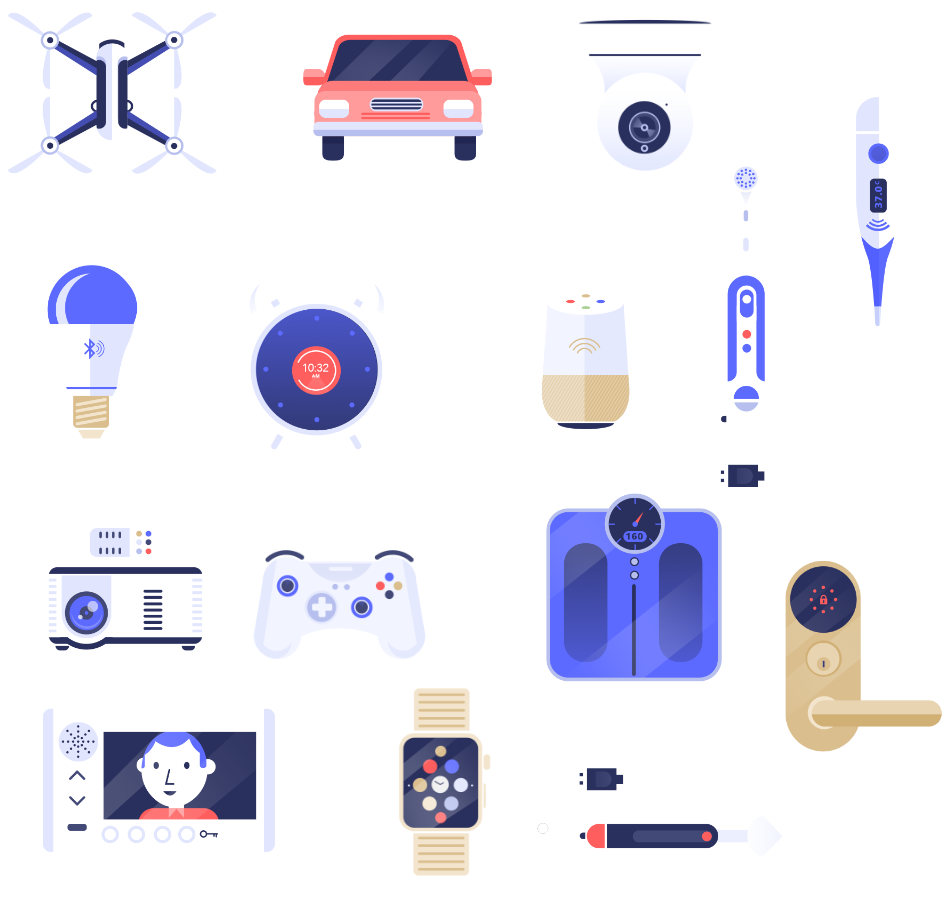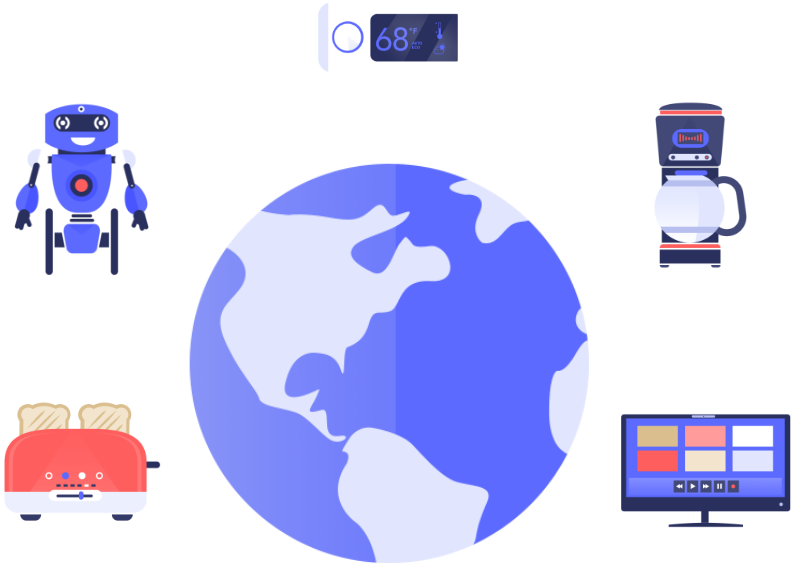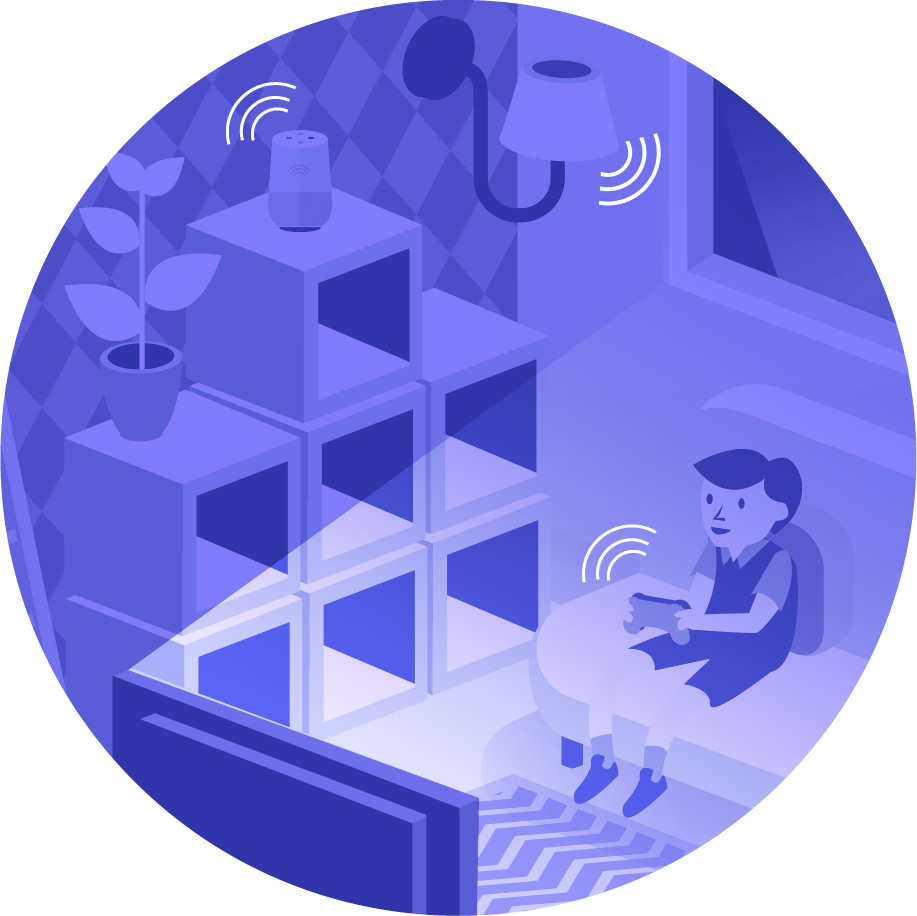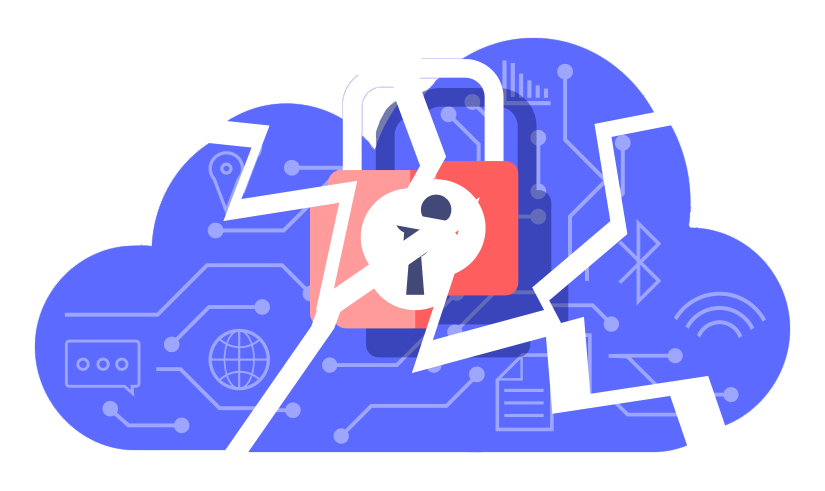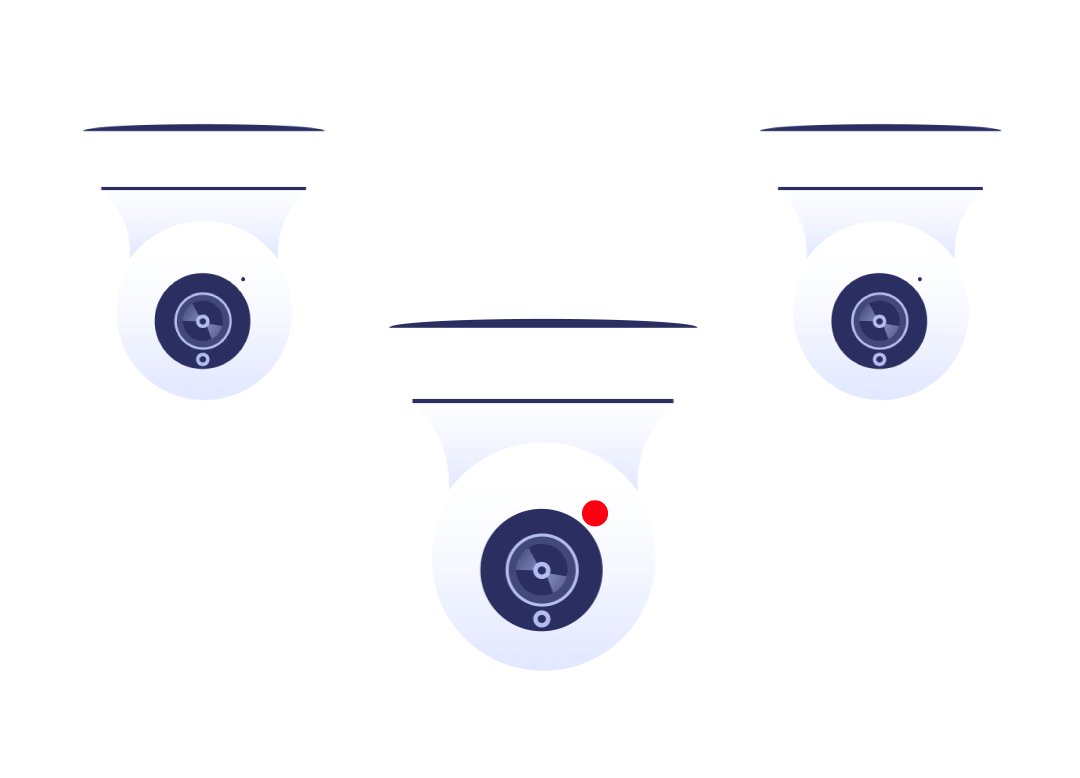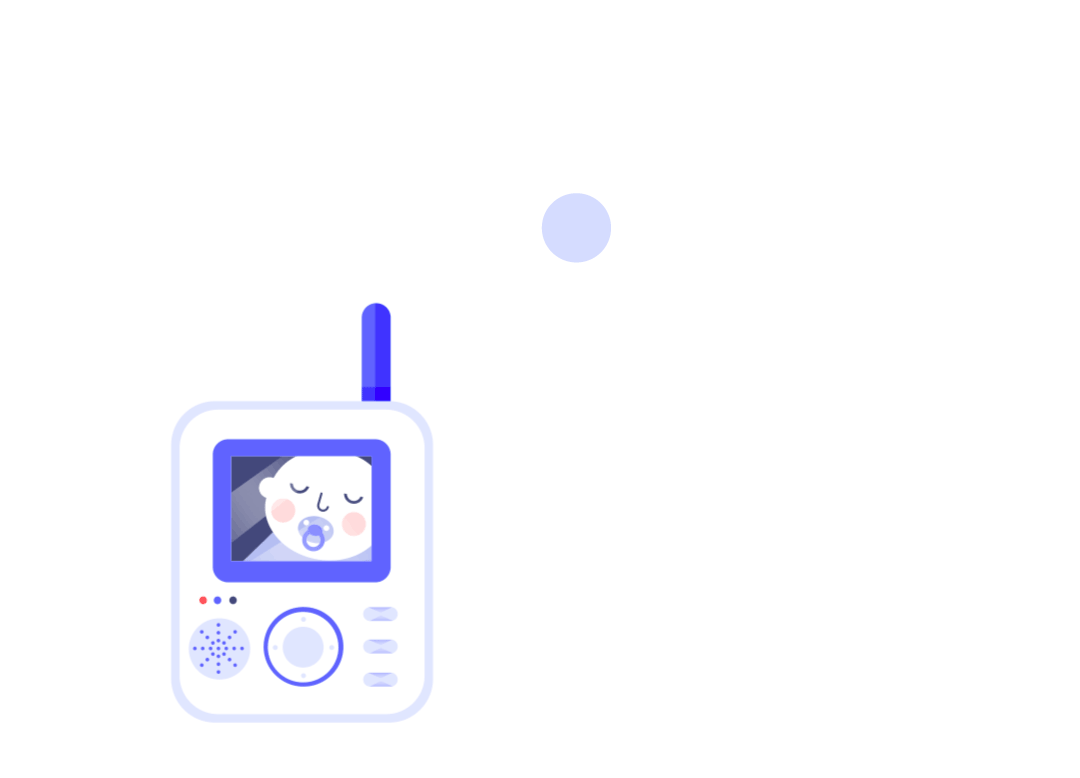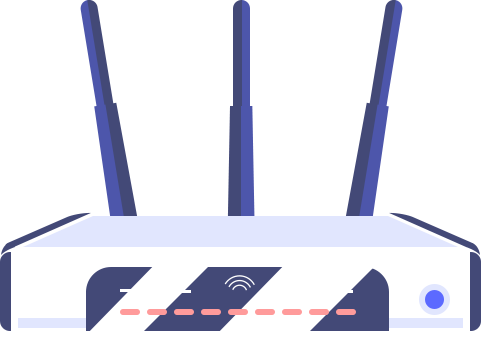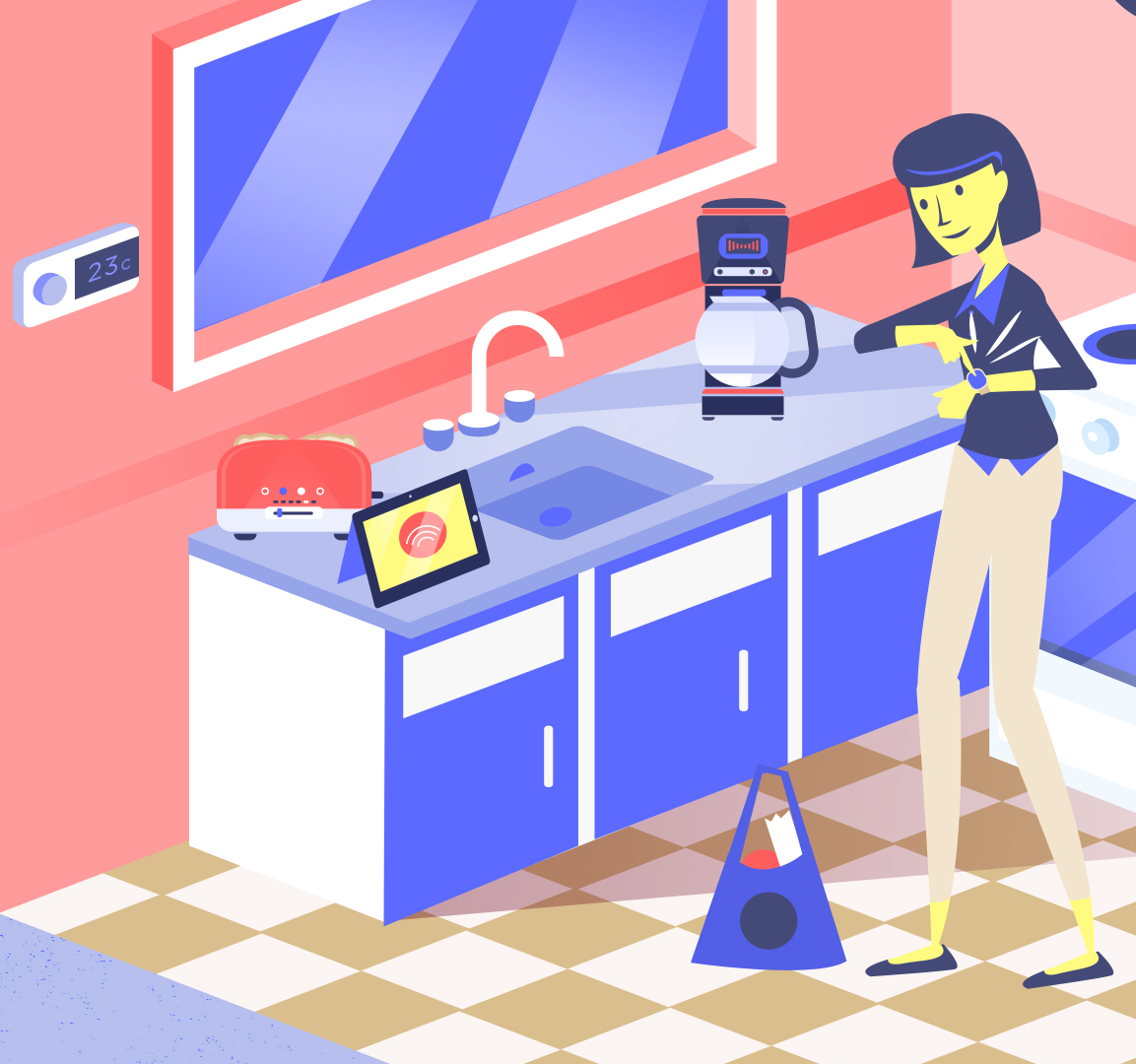
About the circulation of your data
The data collected by connected objects can tell us a lot about you. They can reveal where you go, your lifestyle and your state of health.
Companies use this data for a number of reasons: to offer you a connected object with new functions, to contact you, to ensure that the advertising presented to you on the Internet targets you more precisely. Companies sometimes pass on this data to third parties so that they can do the same. Under Canadian law, data collected by connected objects may be considered personal information.
When companies collect, use or disclose your personal information, they have a legal obligation to protect it, in particular by adopting appropriate security measures. They must also explain what they will do with your personal information and obtain your consent.
For more information, please consult the resources available on the Office of the Privacy Commissioner of Canada website.


